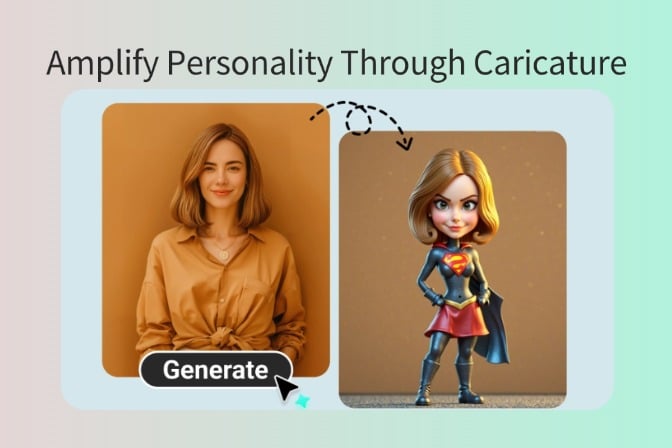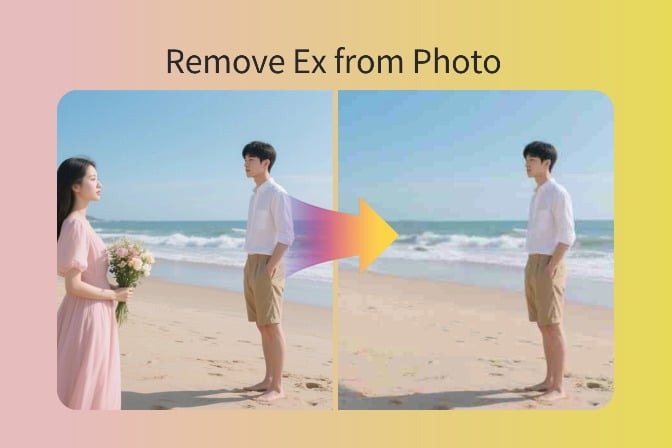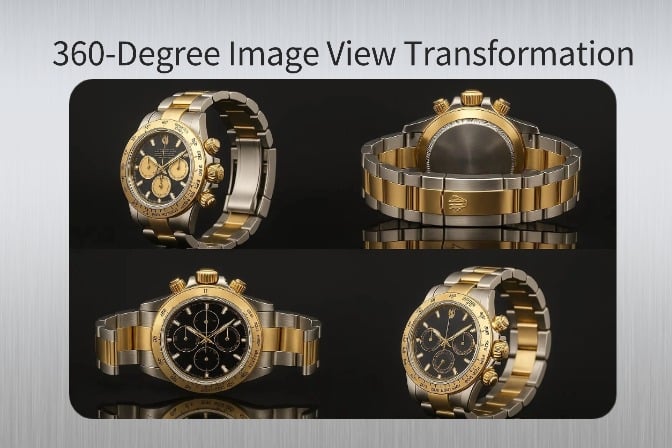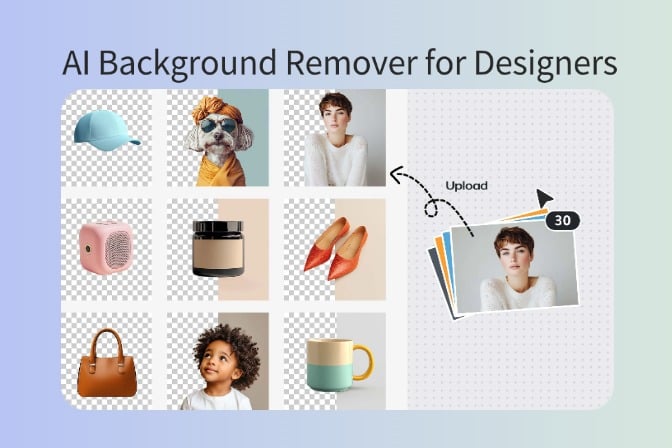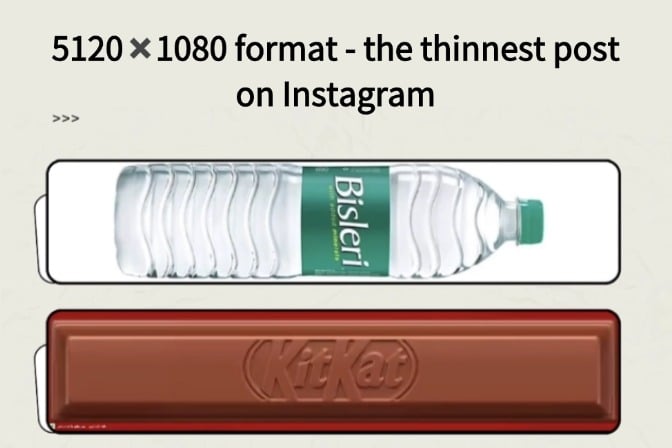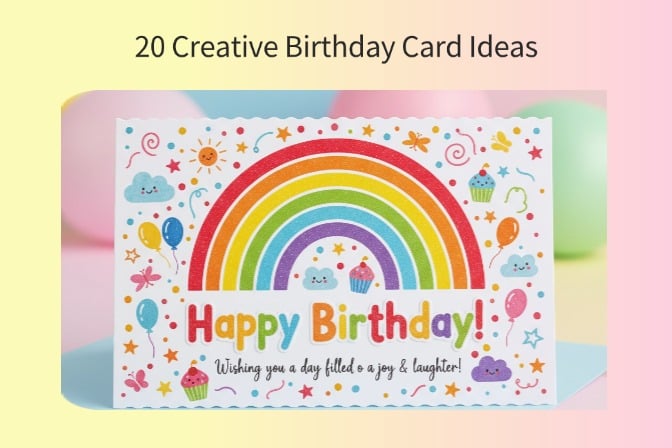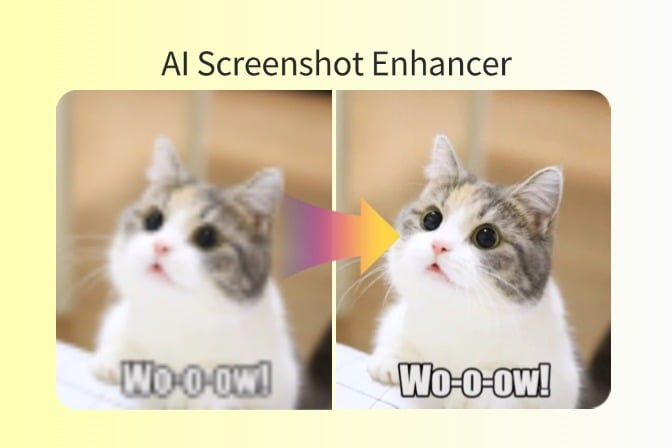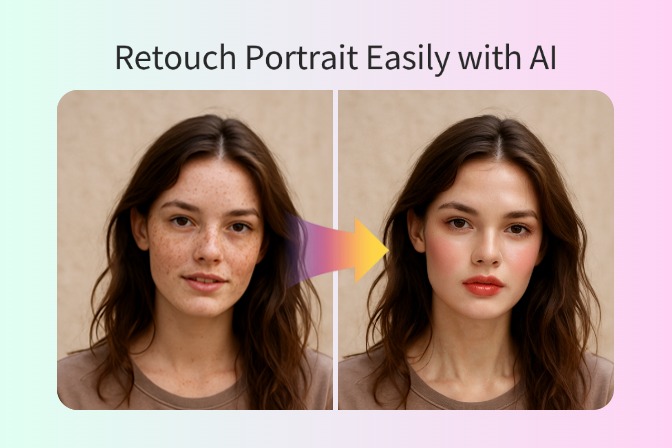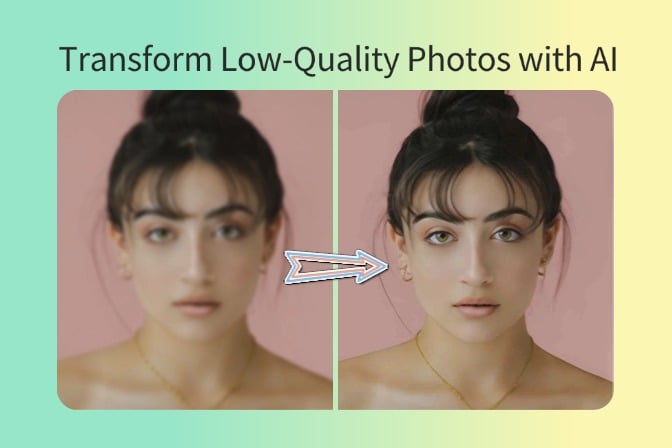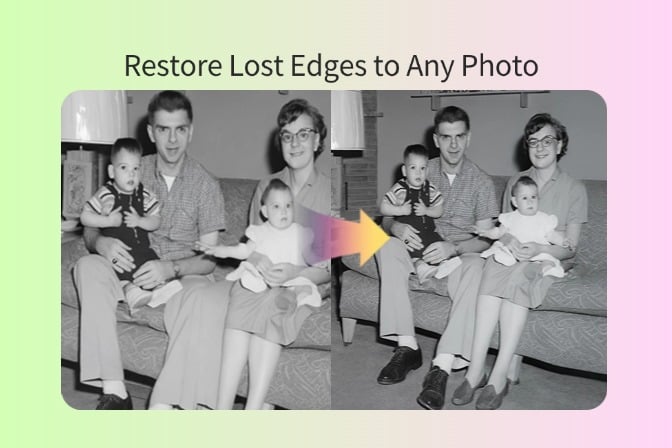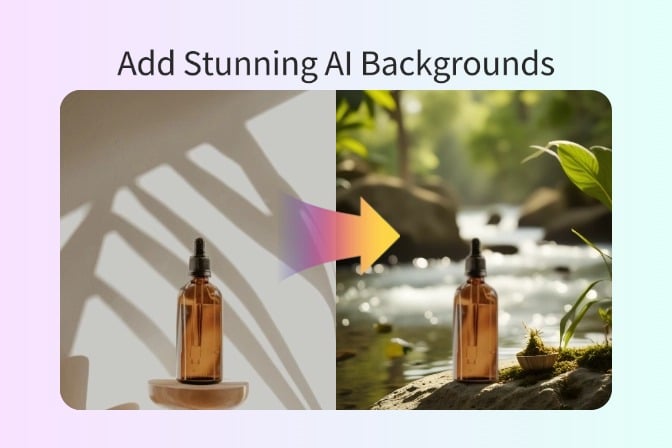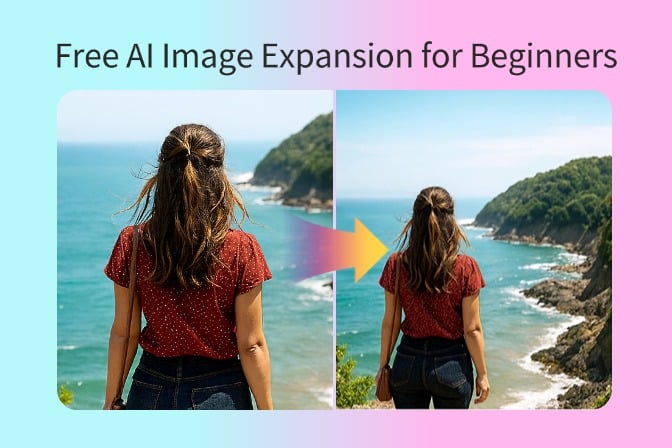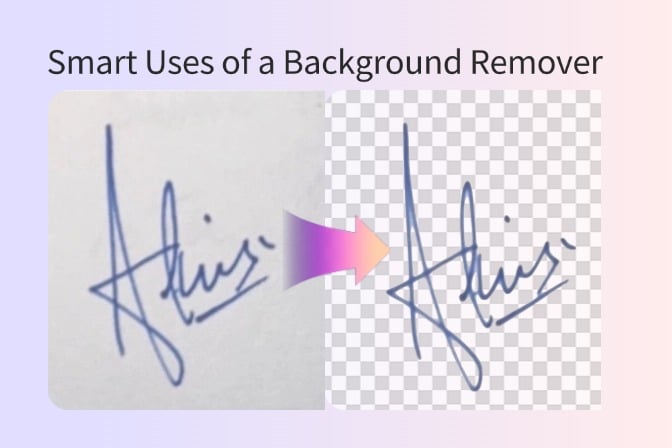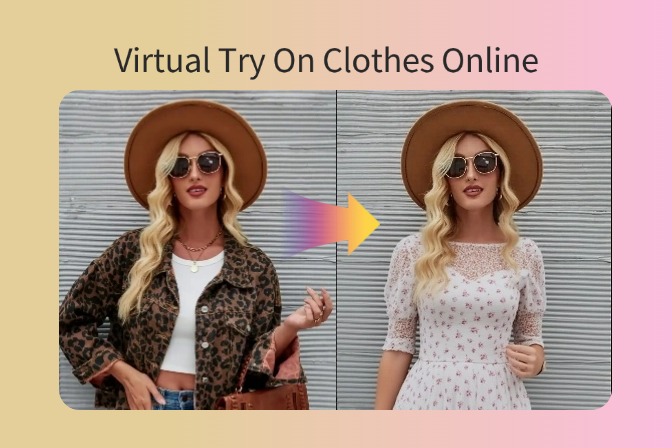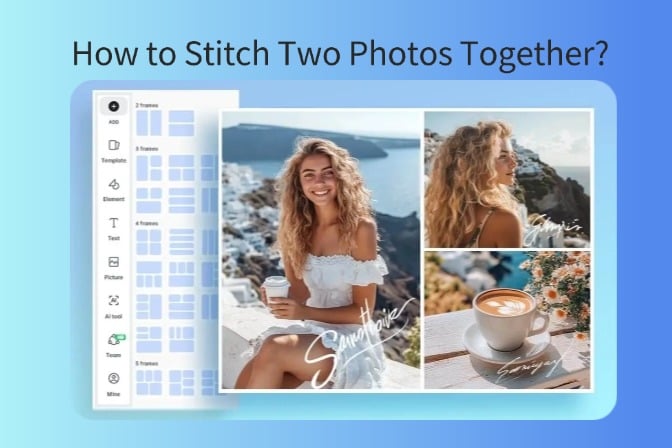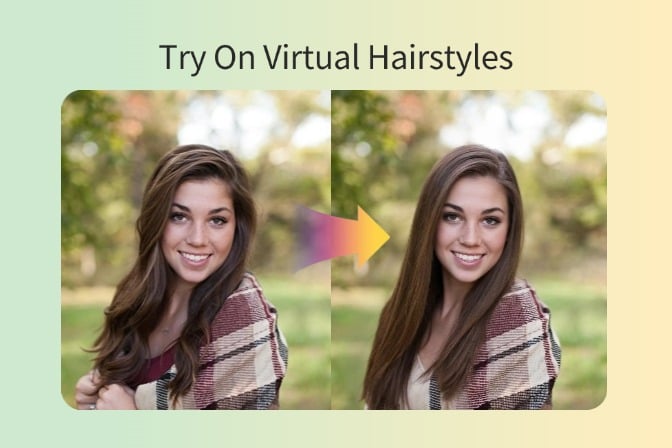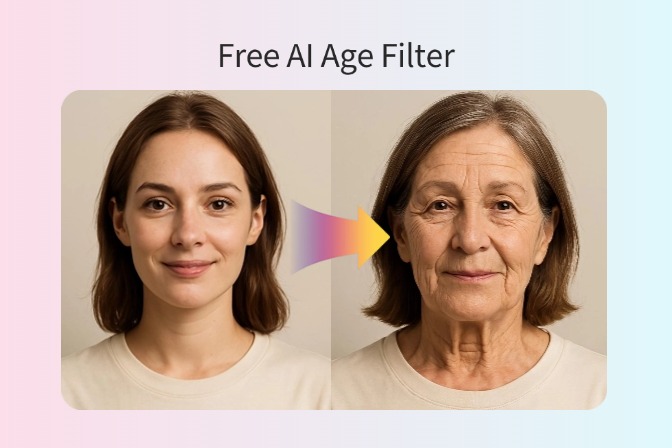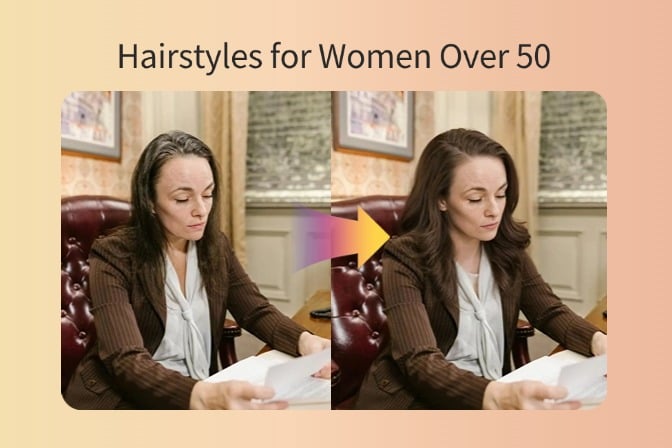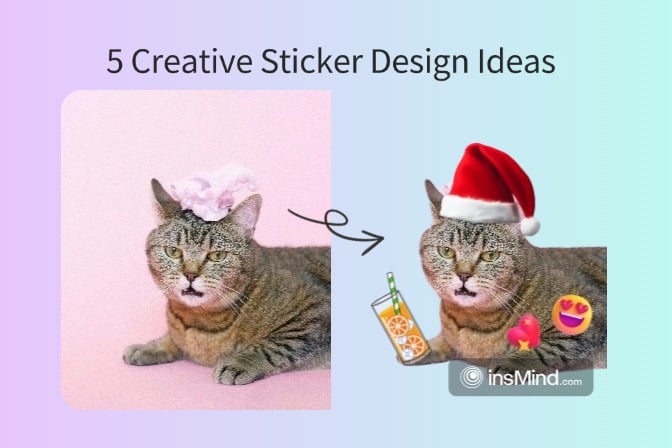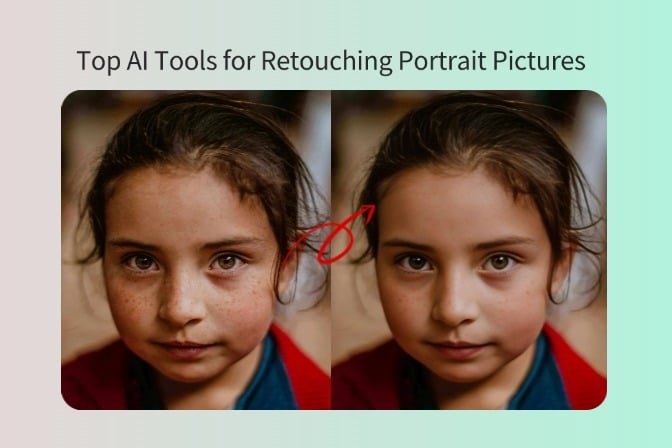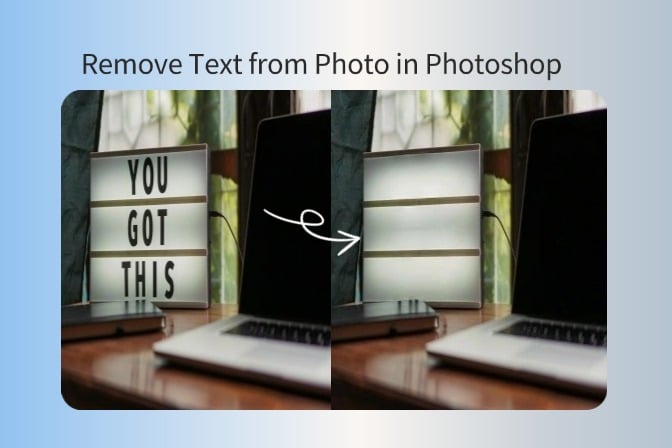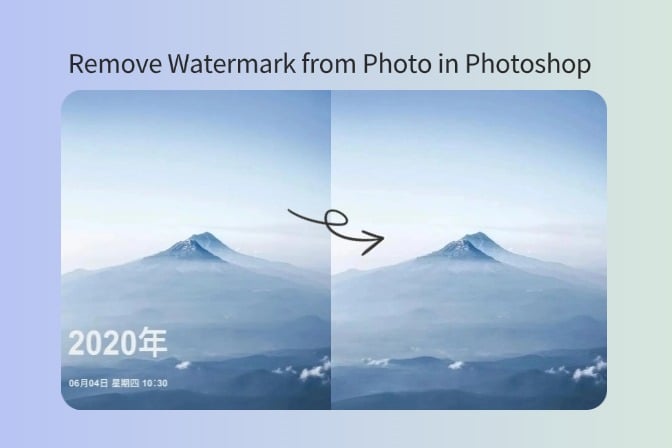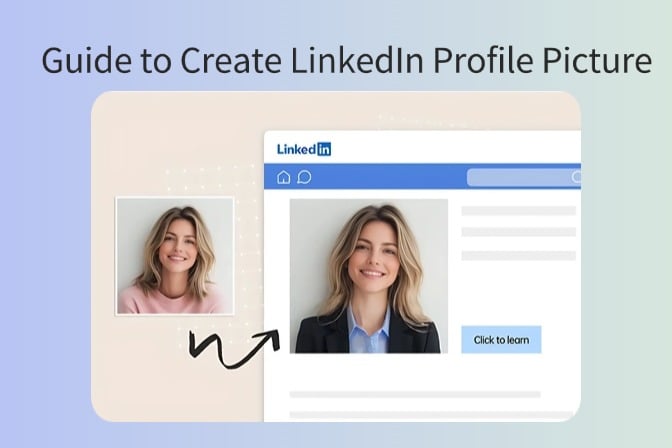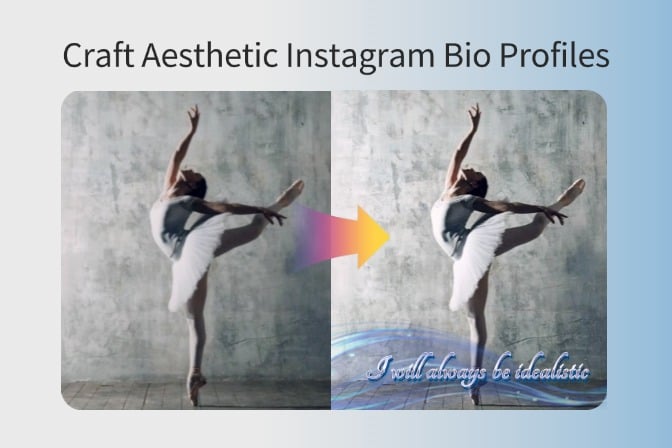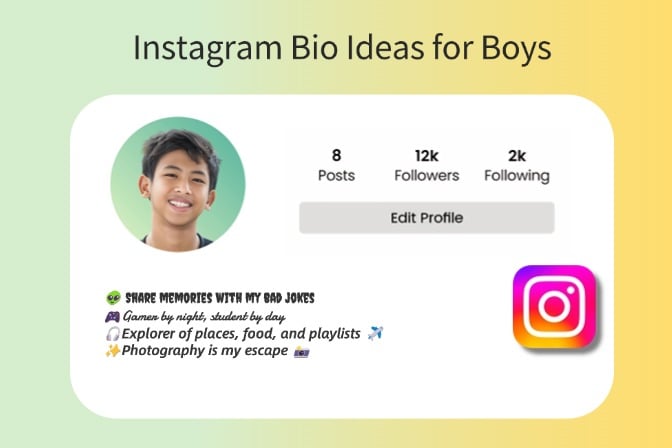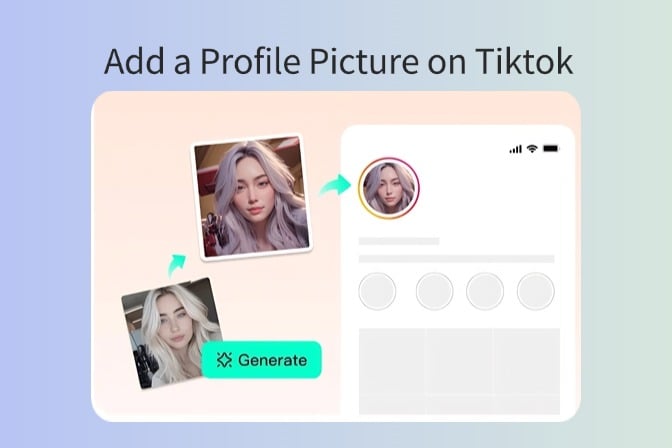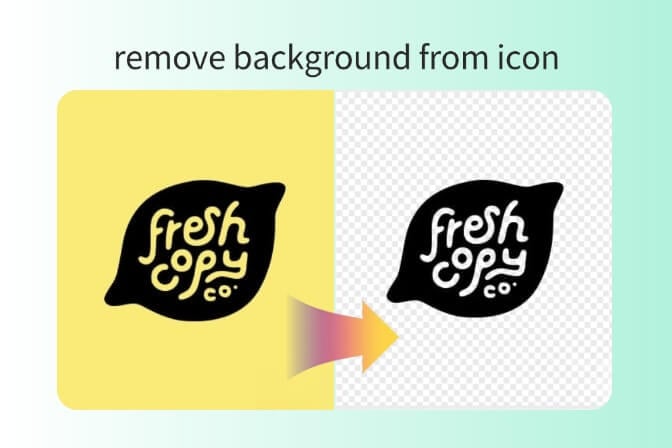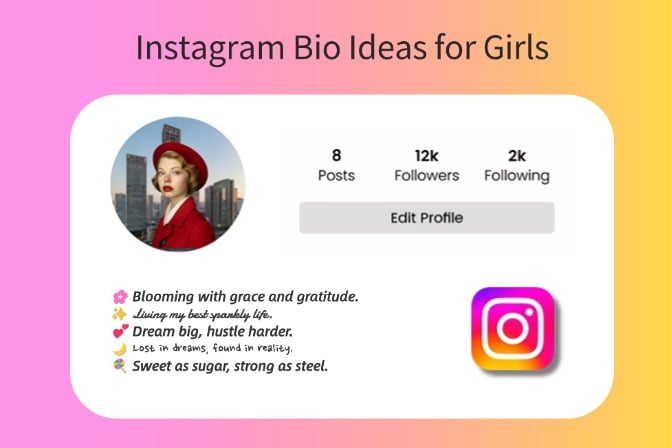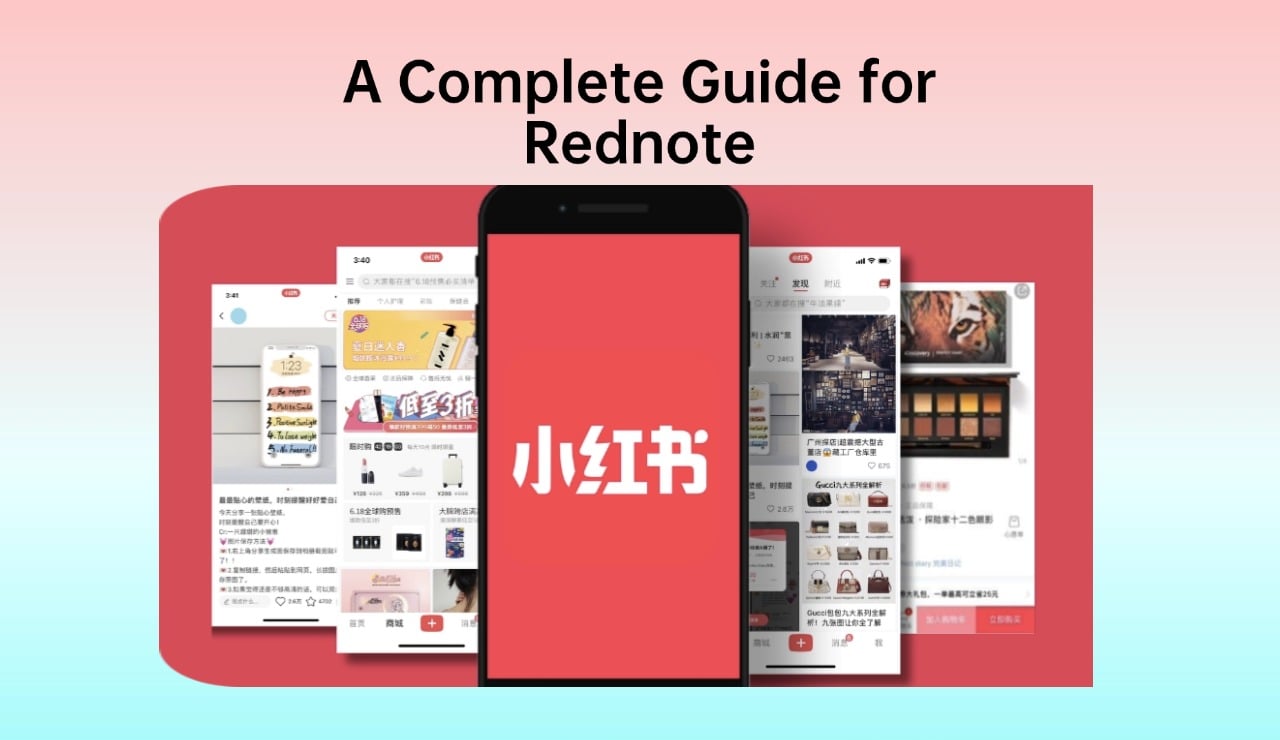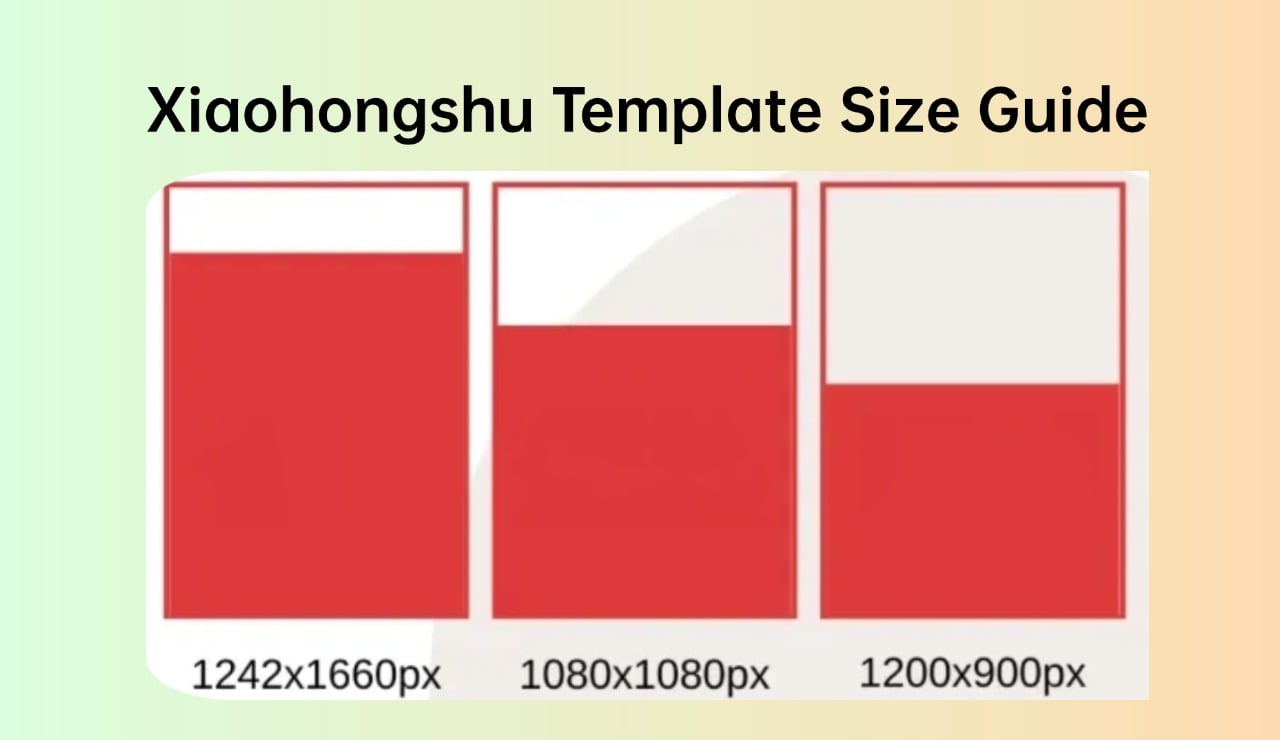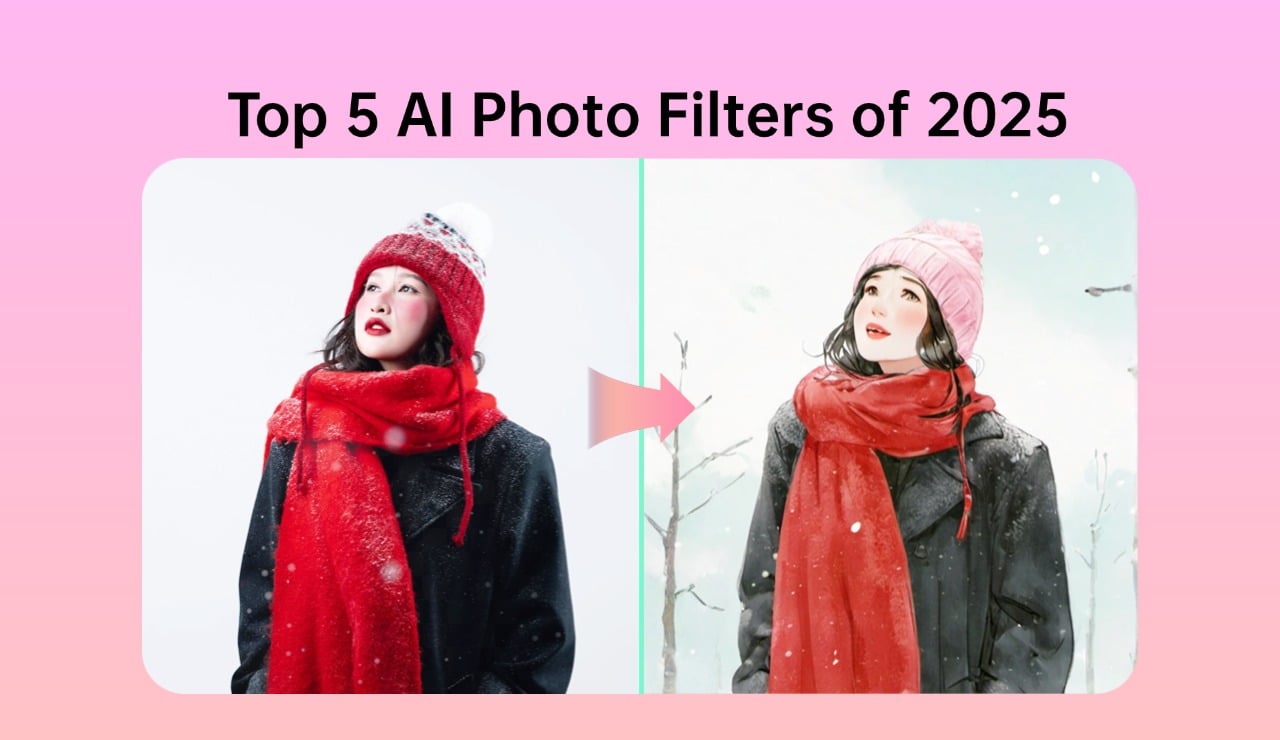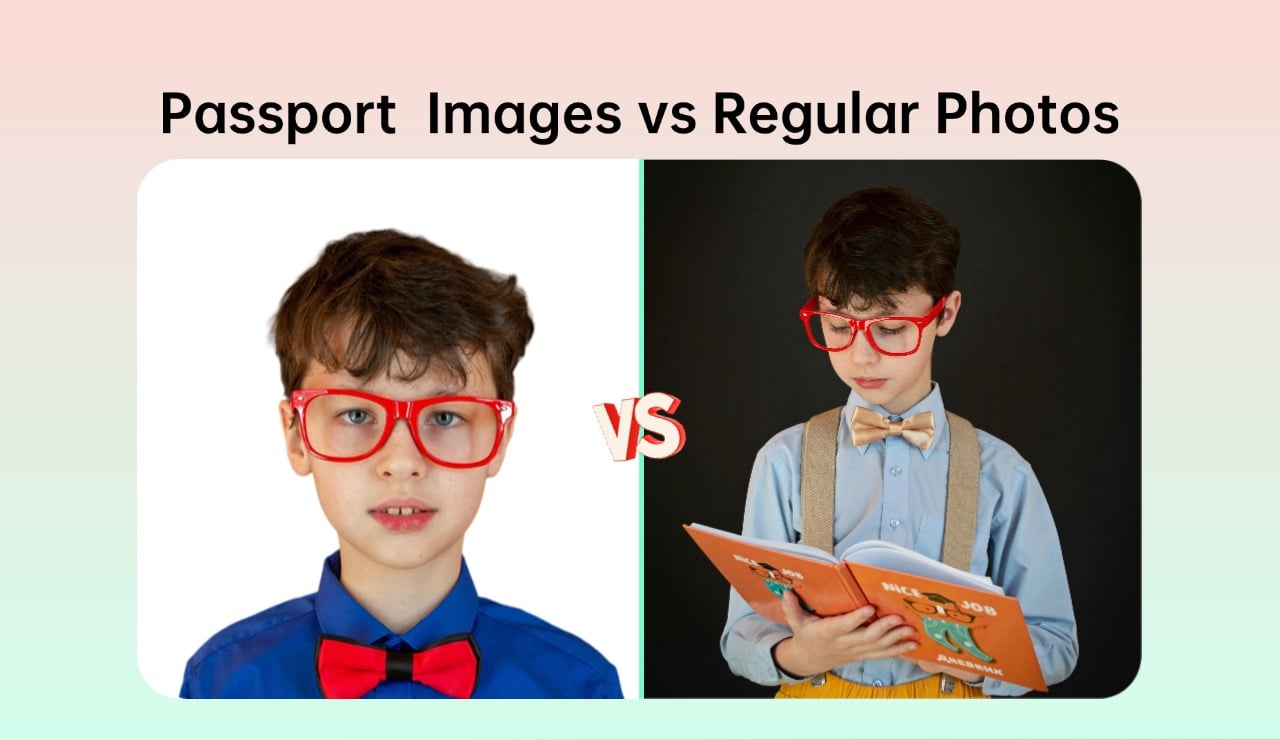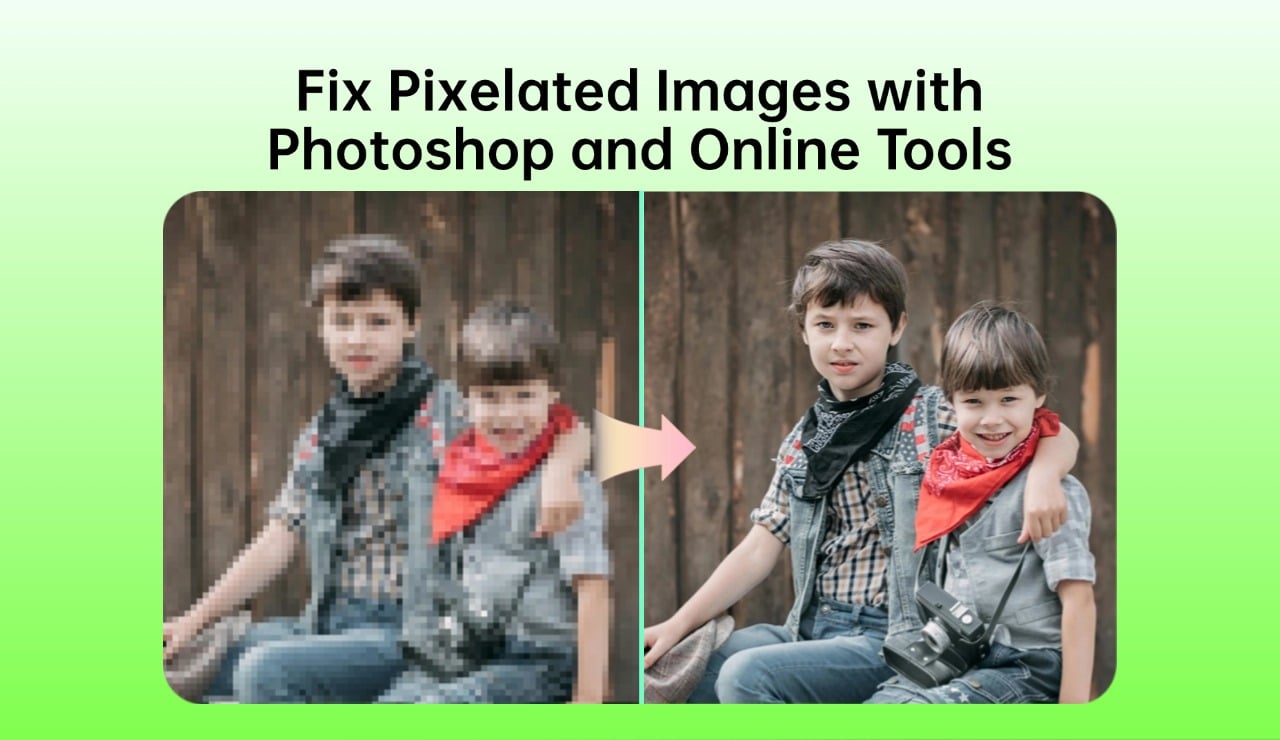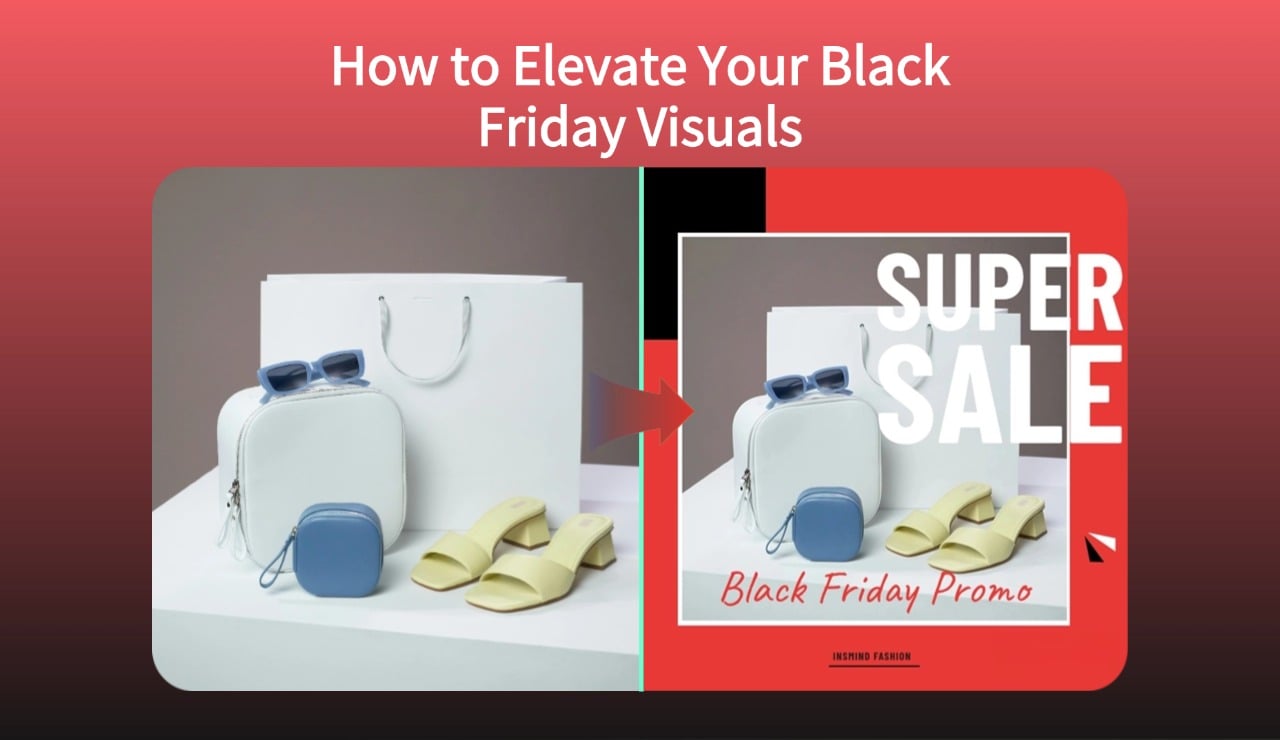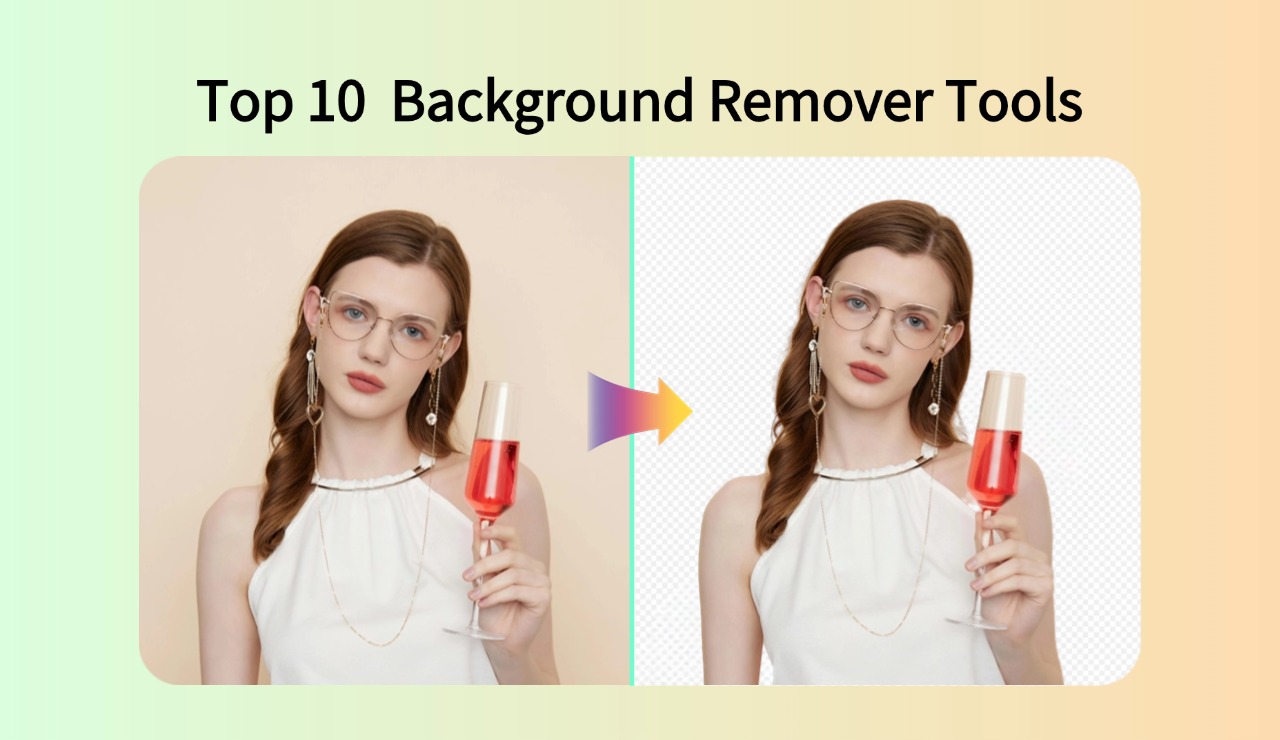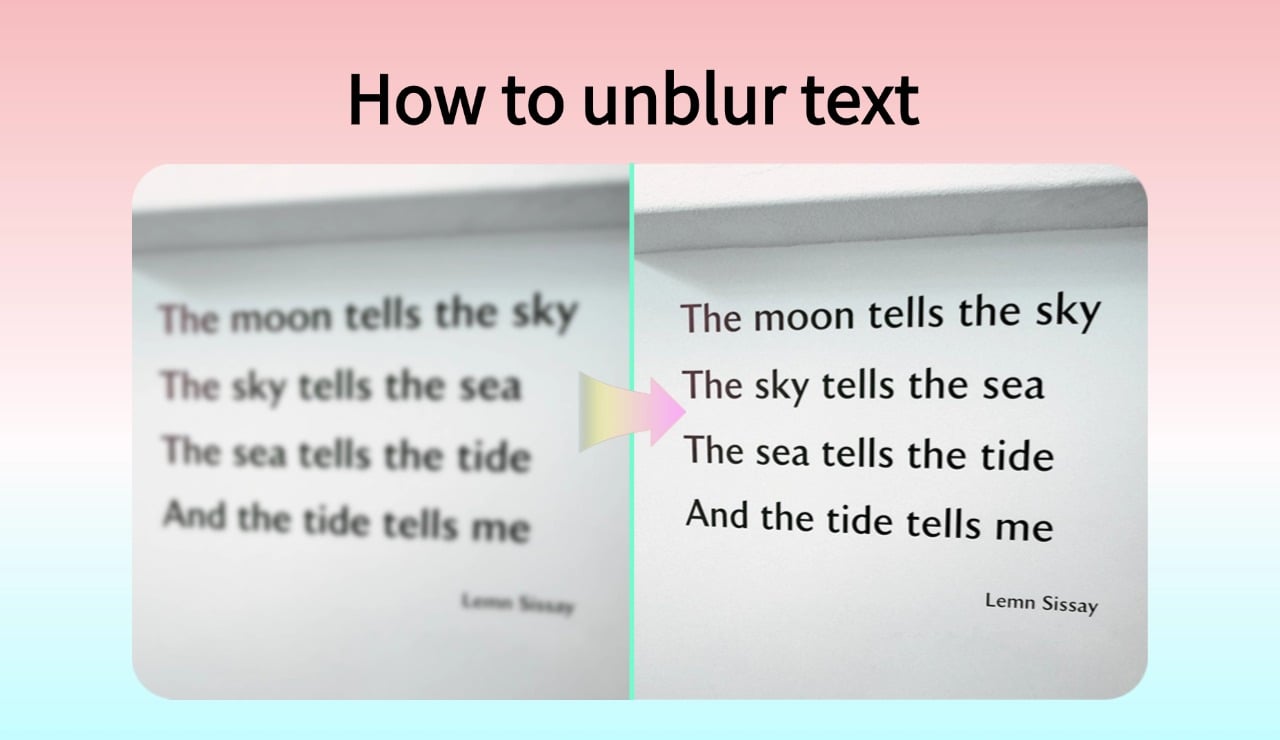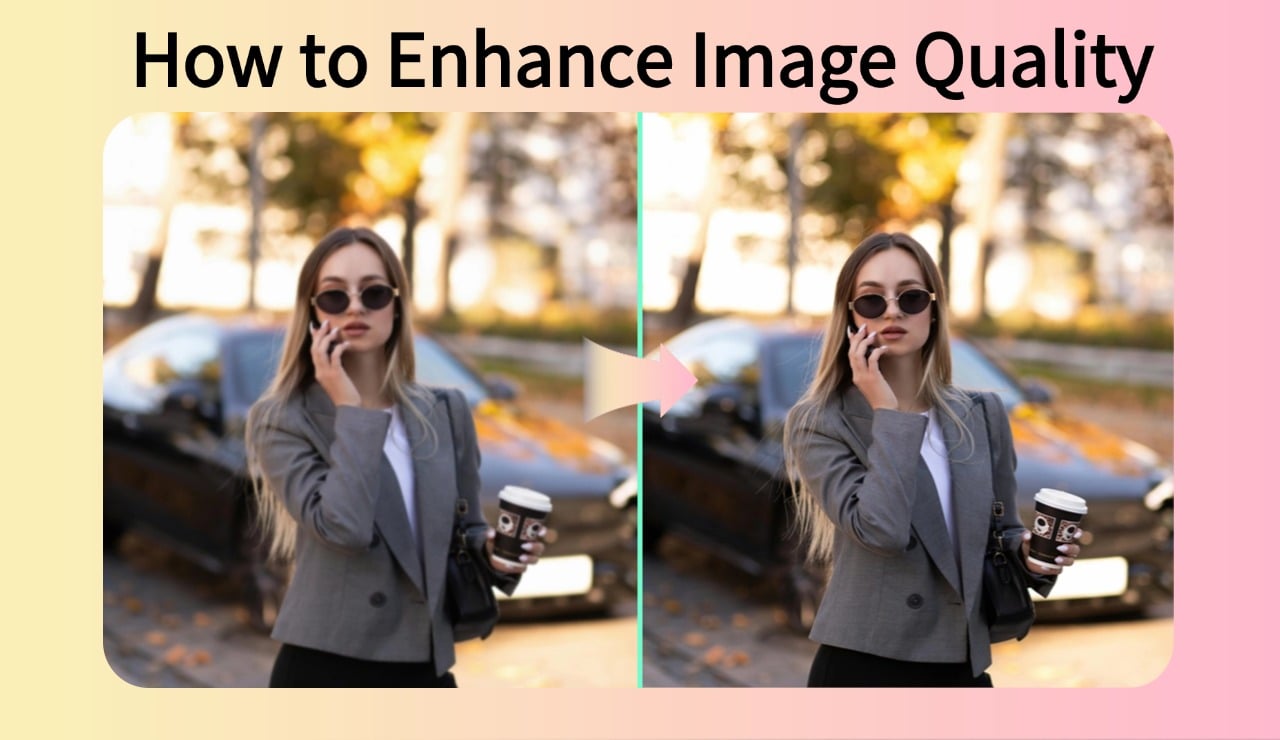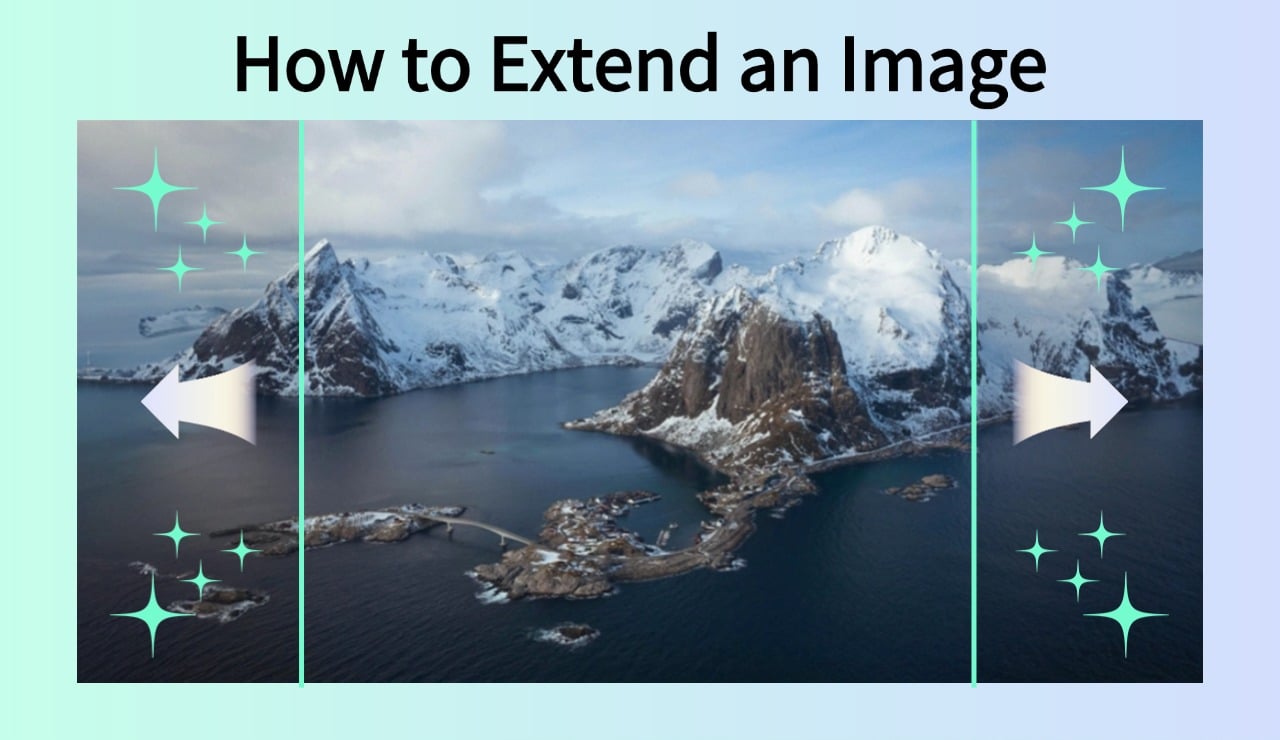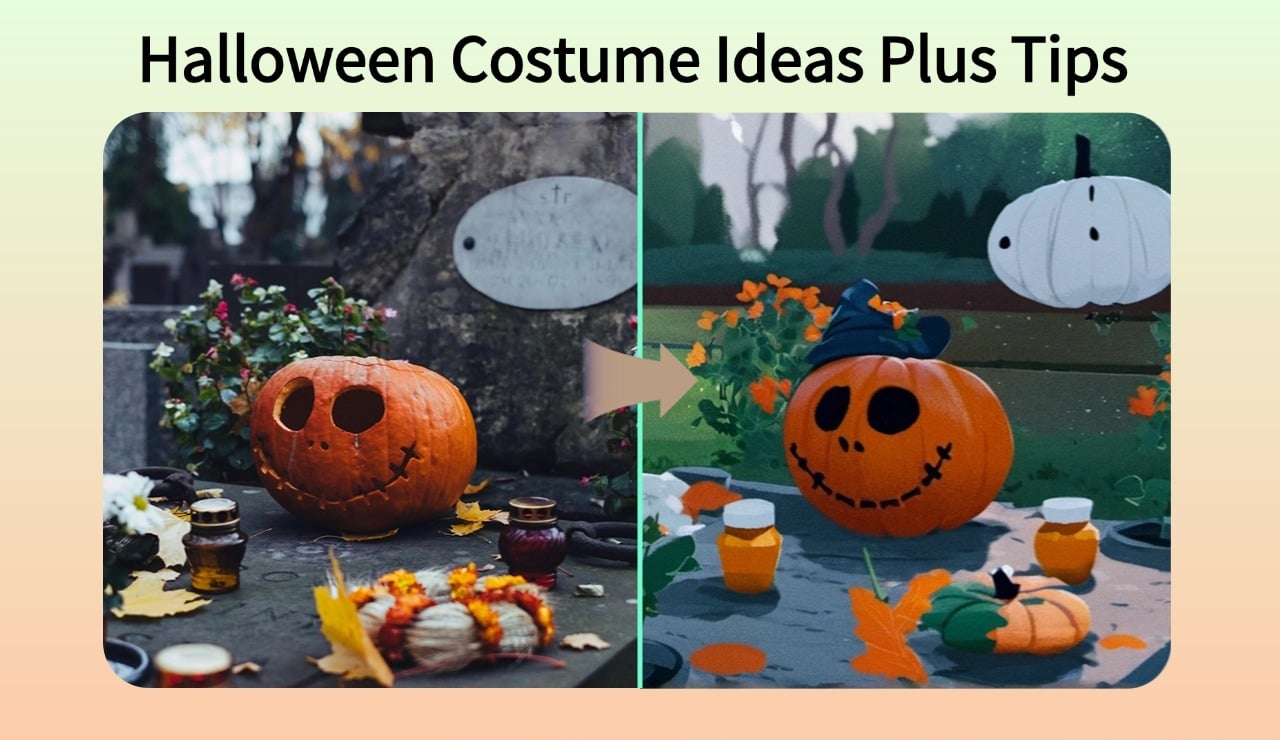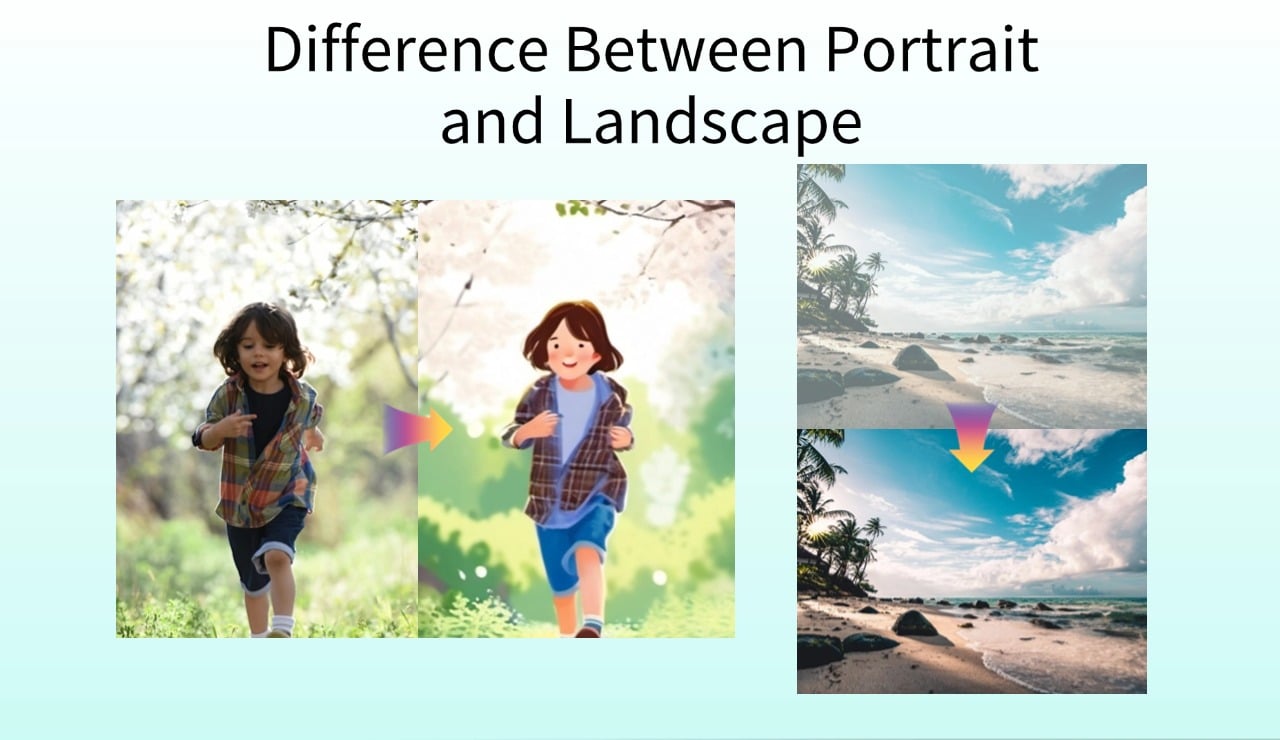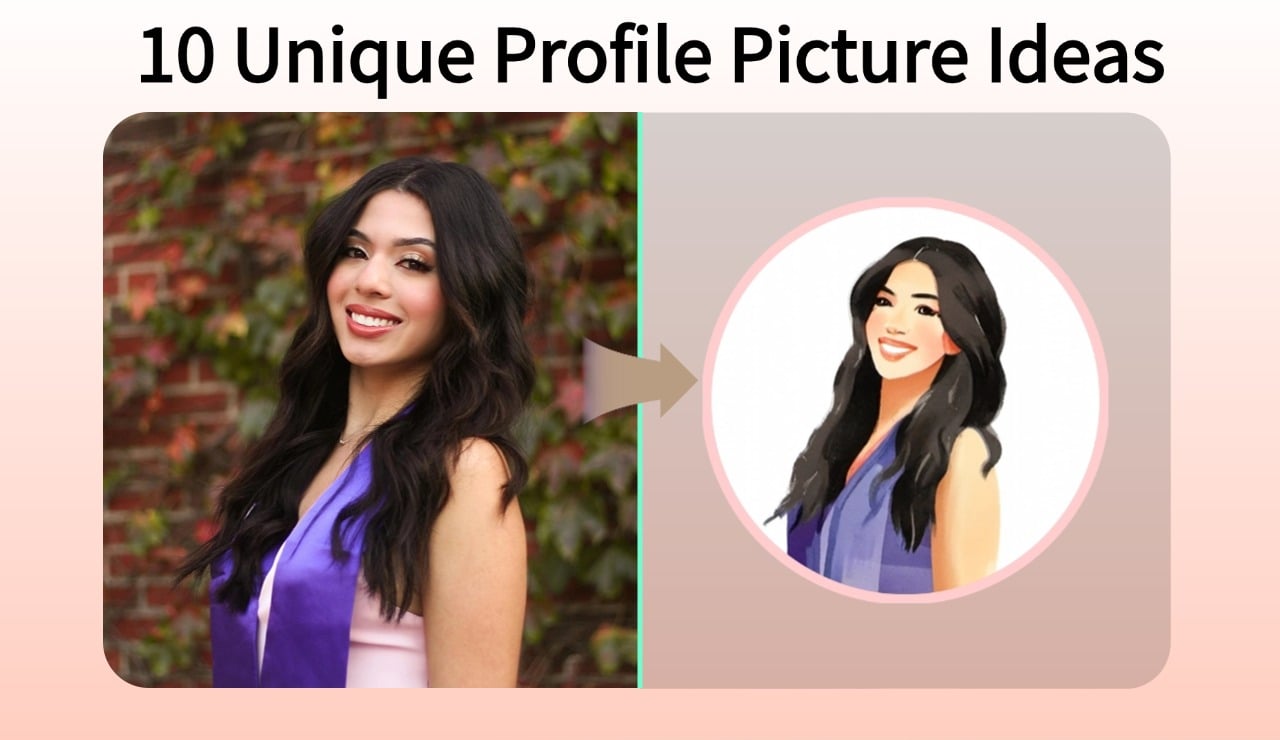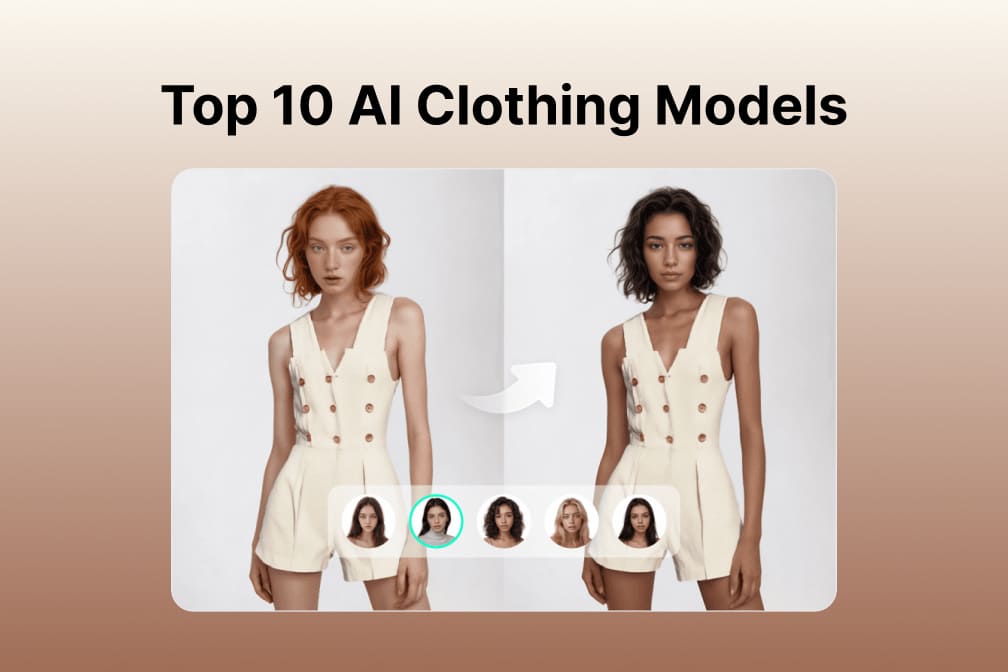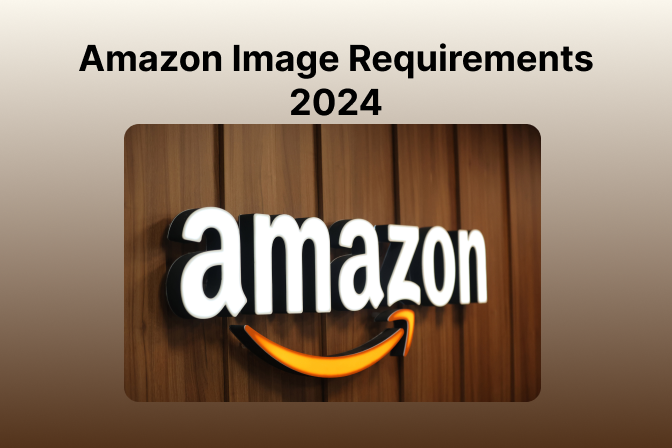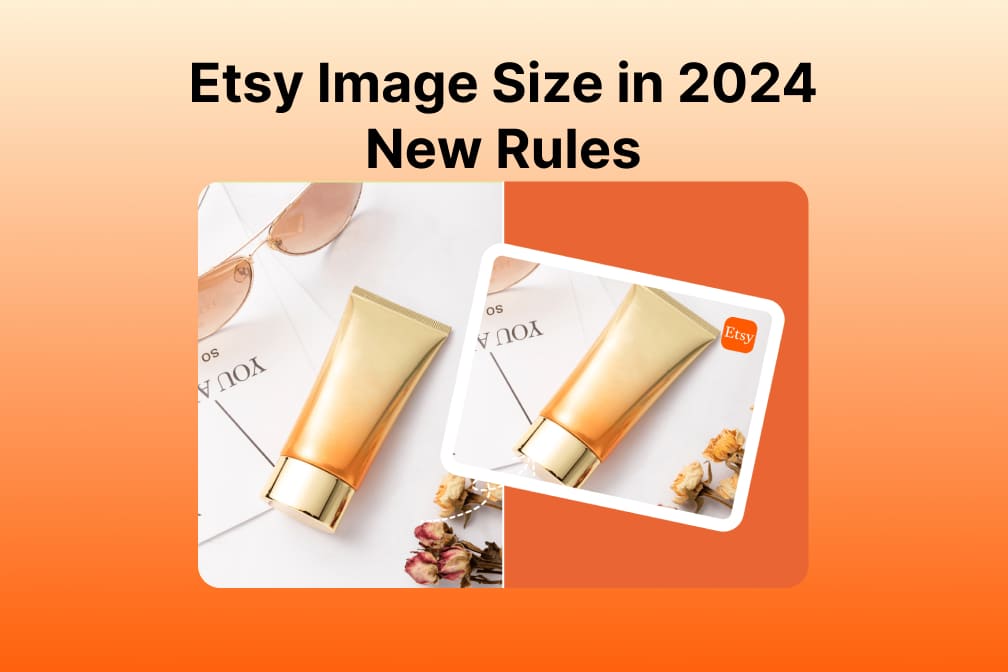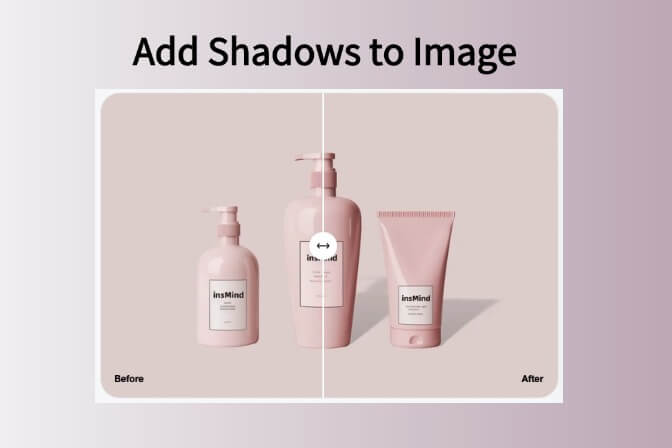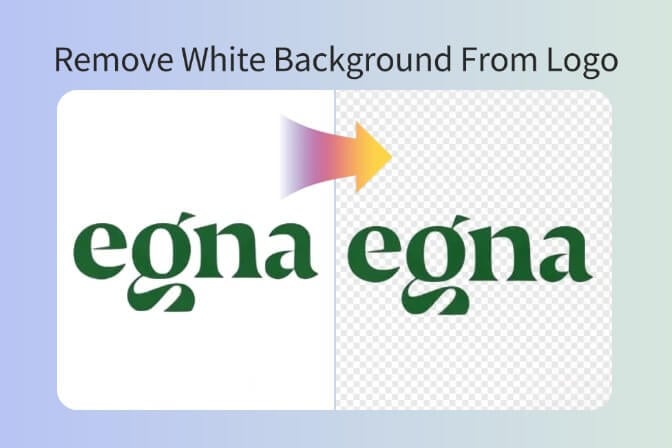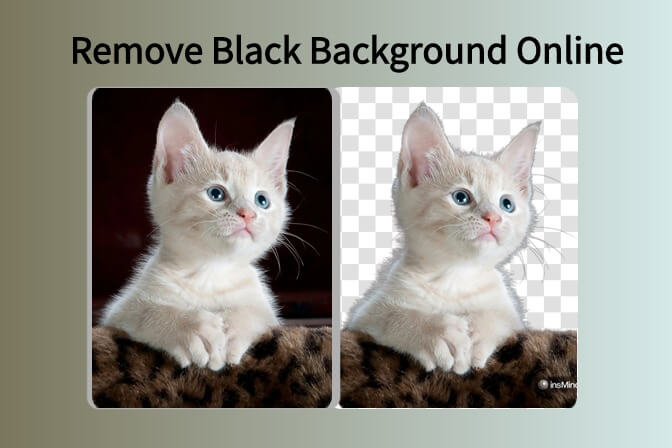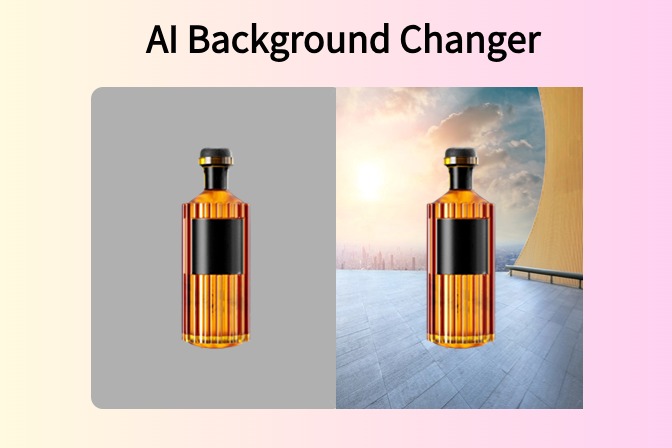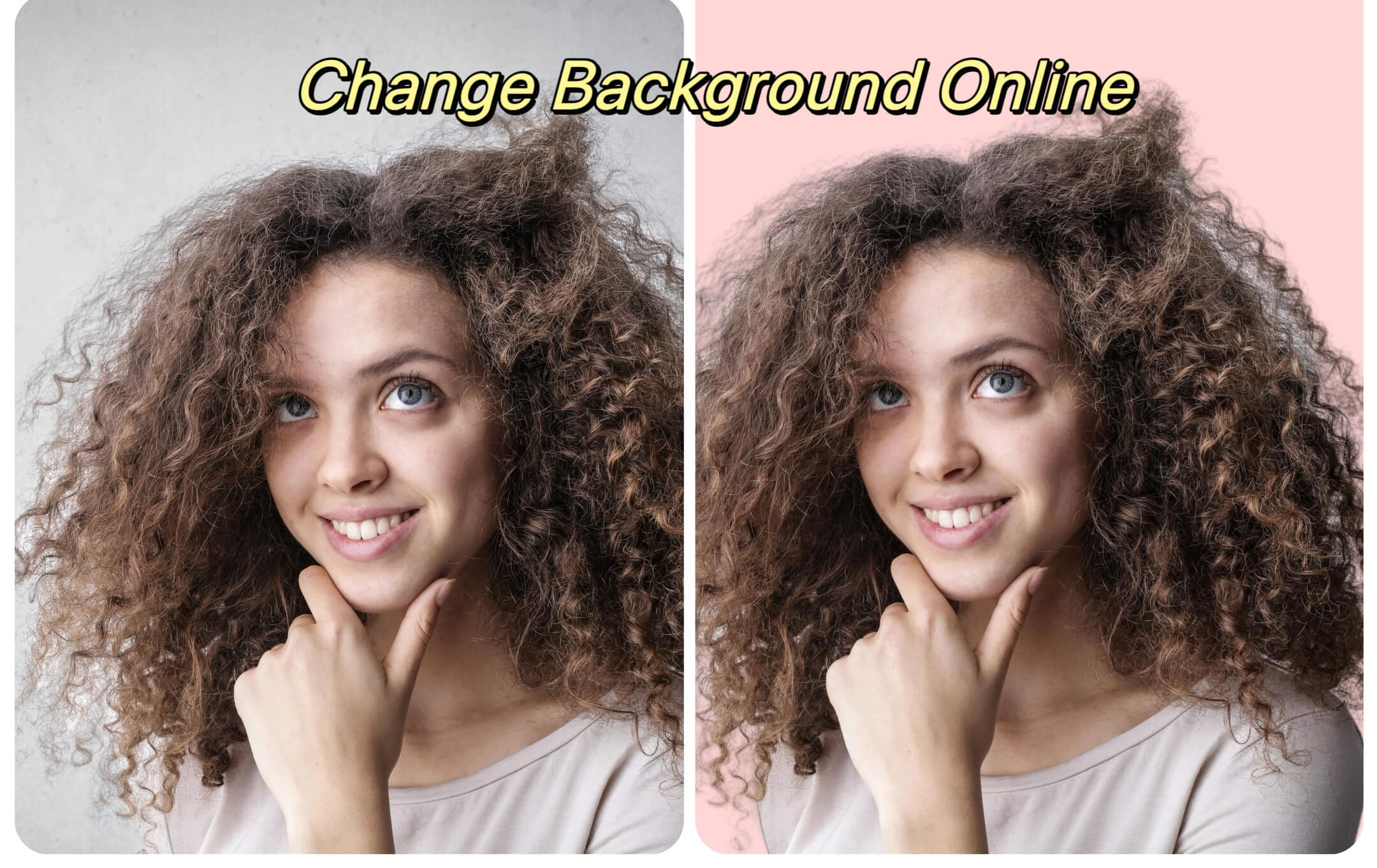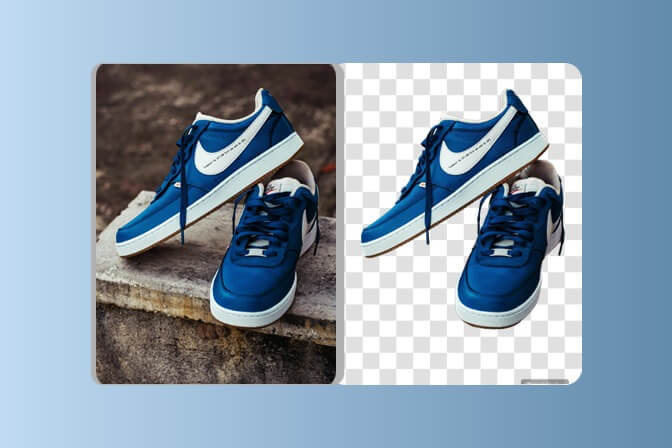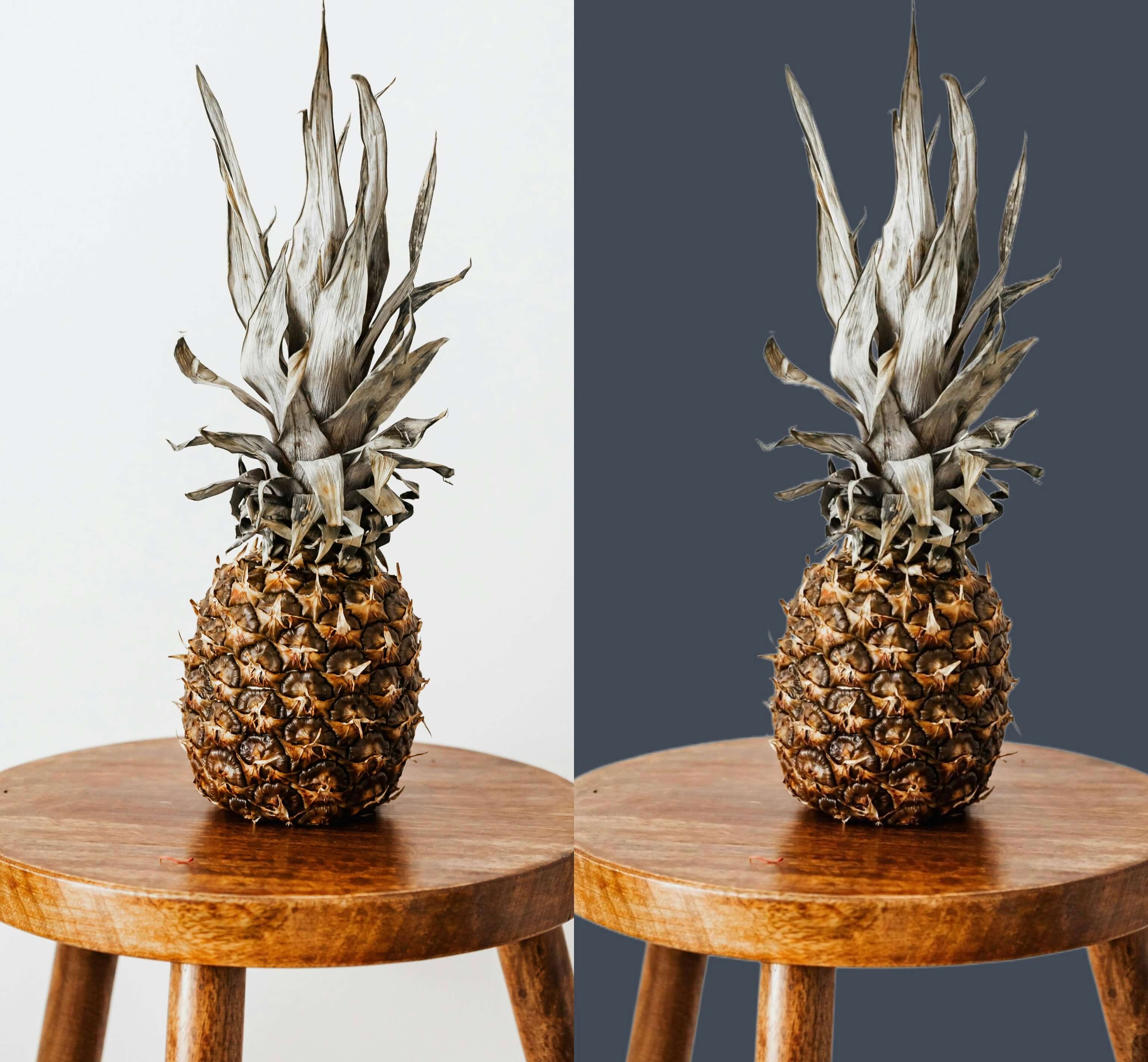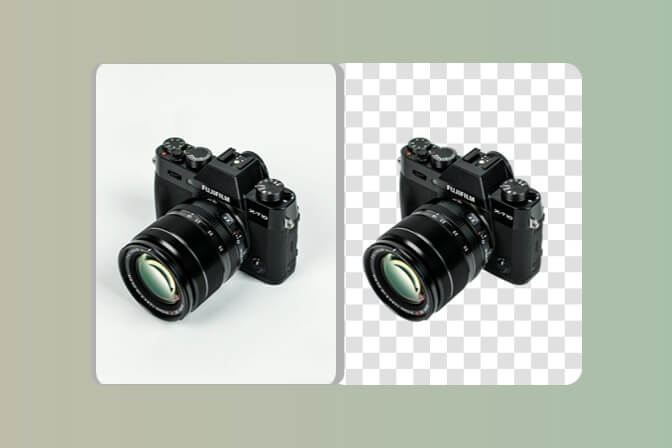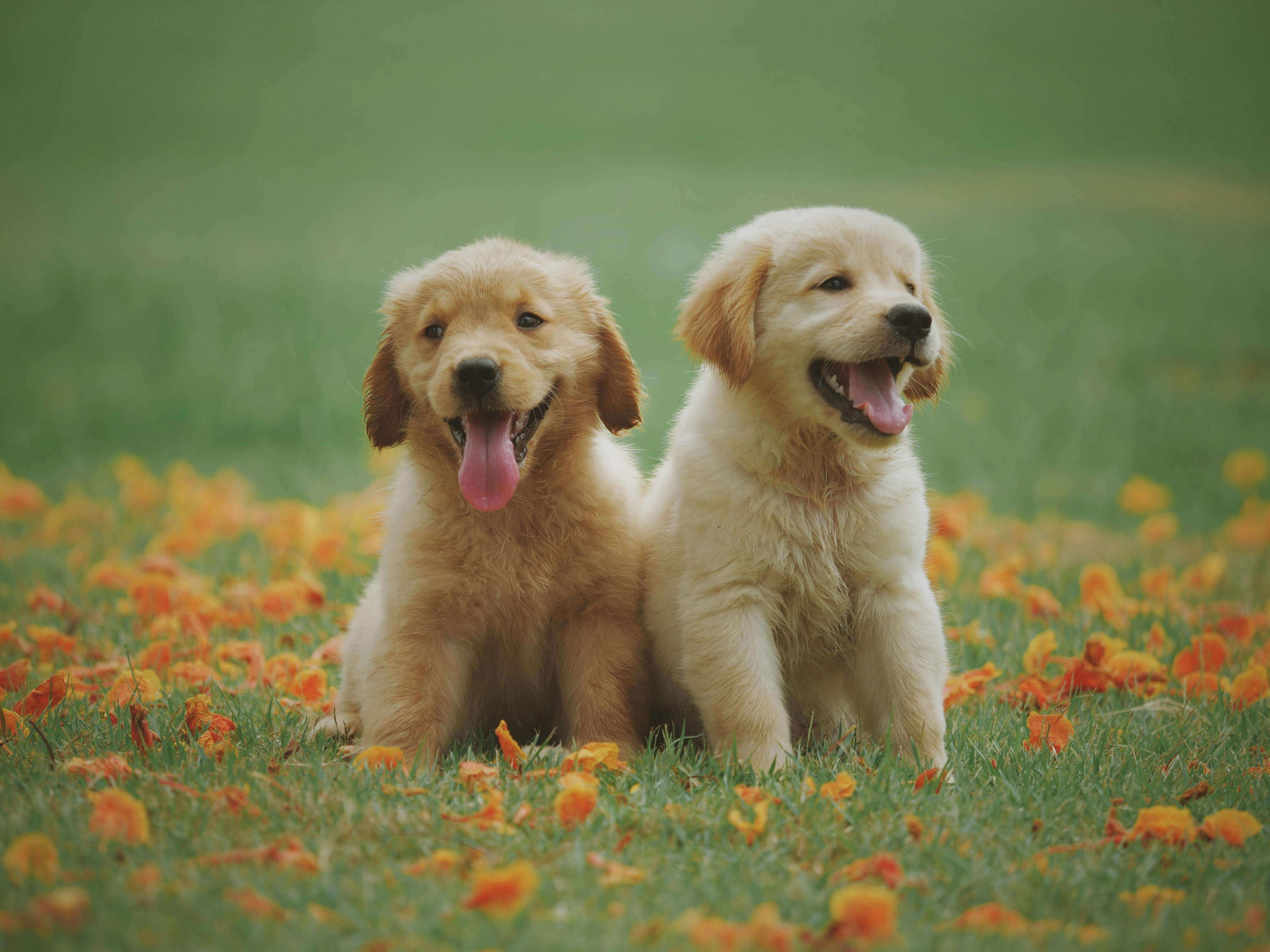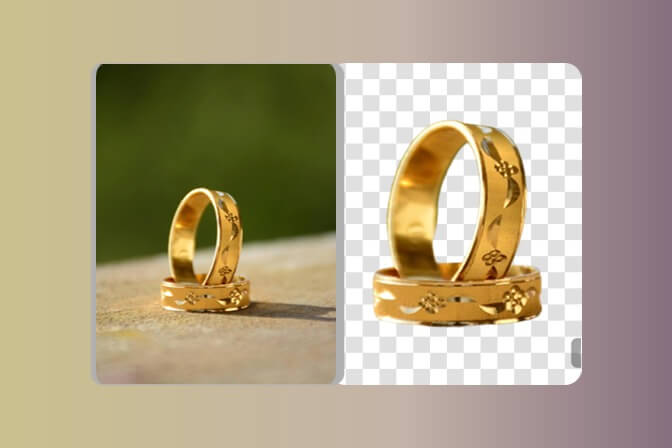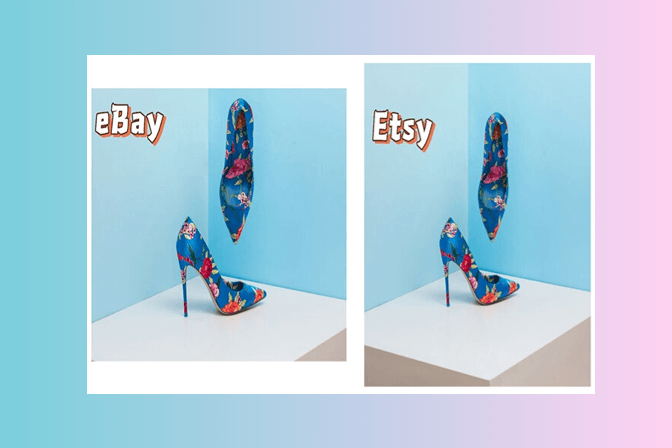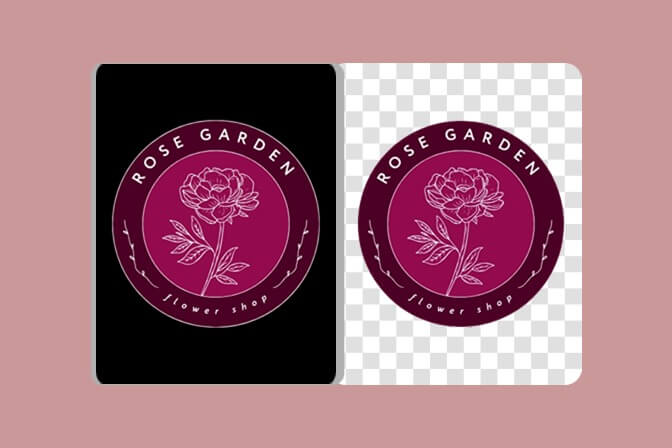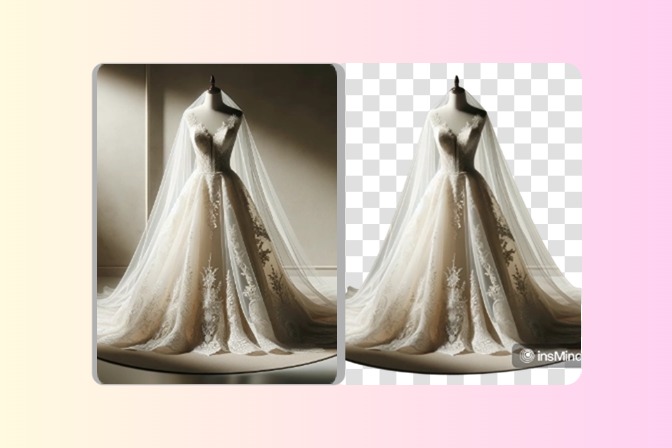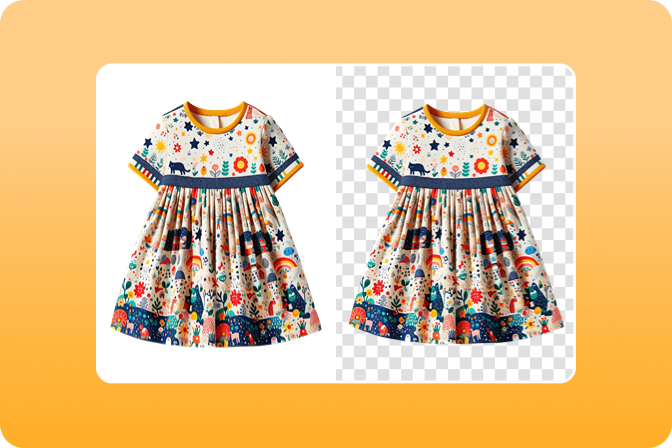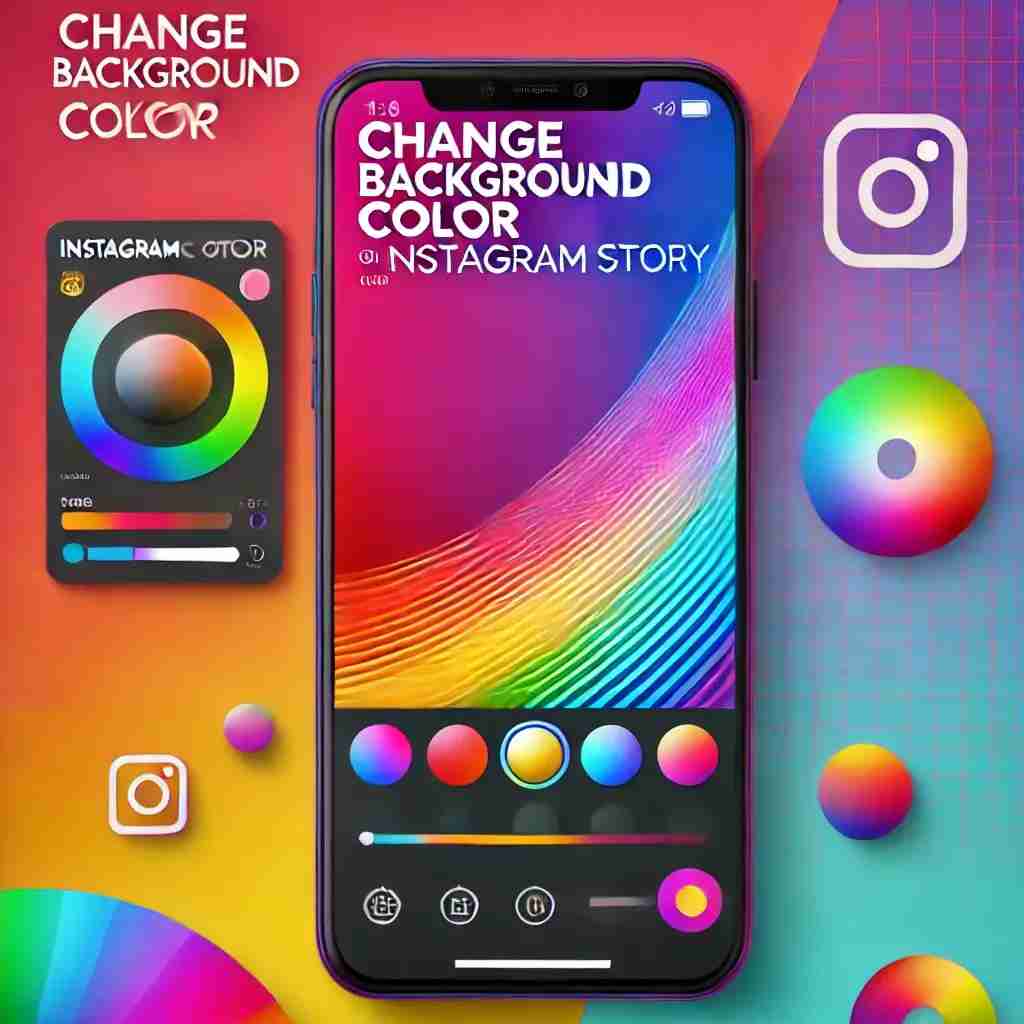People often look for creative ways to express themselves beyond standard editing. This is where caricature comes in, as it captures personality and mood through distorted features. However, what is caricature, you may ask? It is a form for portraying a person with overemphasized features.
Caricatures can make your creativity stand out or serve as a unique gift. Artists and cartoonists also use them to grab attention, add humor, or create social and political content that sparks responses. If you enjoy this art style, this article will guide you in making one with AI tools, along with examples and uses.
Table of Contents
Part 1. What is a Caricature
This section will answer the question, "What is a caricature?" It is an artistic representation that exaggerates certain features or traits of a person or subject, usually for comic or satirical effects. In addition, the art form magnifies or reduces them to make recognizable yet comic exaggerated characters. The history of this form of art is rich and has such great names of artists as Leonardo da Vinci and James Gillray.

They can be used in many ways, from light entertainment at a party to addressing serious political events. Caricatures often convey their message by highlighting or exaggerating particular traits, either to entertain or to mock.
Part 2. How to Create a Caricature with AI
If you're looking for a tool that offers a wide variety of caricature art styles with AI generation, insMind is the recommended choice. You can create unique caricatures in different styles, like cartoon, anime, Van Gogh, CG, and more. It uses advanced AI technology to generate high-quality caricatures with precise details. Moreover, you can enable the AI optimization description to enhance prompting and generate images in different aspect ratios, demonstrated as such:
Step 1. Access the insMind Caricature Maker and Write a Prompt
Open the insMind Caricature Maker tool and write in the "Please Describe the Content You Want to Generate" box. Next, you can add a "Reference Image" to your prompt or enable the "AI Optimization Description" option to optimize the written prompt.

Step 2. Choose a Desired Style for the Caricature
Afterward, under the prompt box, select a desired prompt from various "Style" tabs, like "General," "Illustration," or "AI Portrait." When chosen, hit the "Generate" button to start the conversion process.
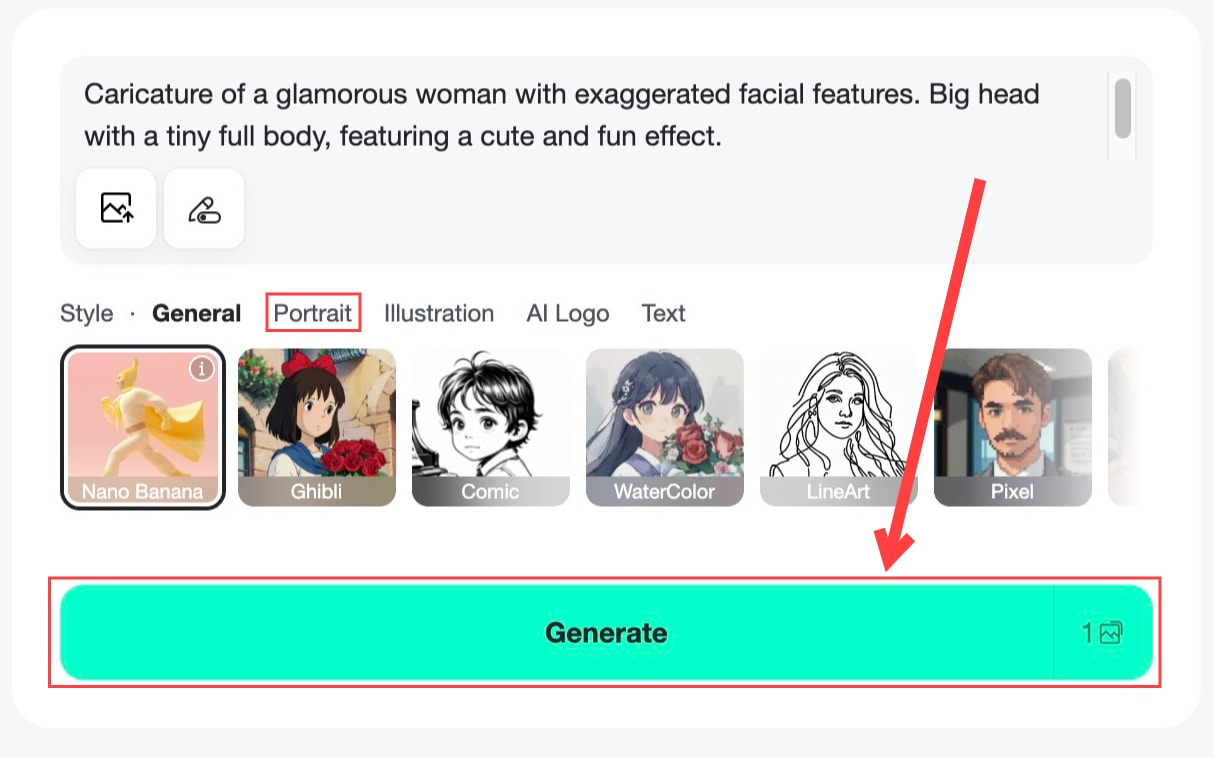 Step 3. Customize Results and Download After Changes
Step 3. Customize Results and Download After Changes
Once insMind has generated a caricature of your described image, you can choose to "Regenerate" it if the results are not satisfactory or if you want to change the aspect ratio. Moreover, it allows you to enhance the image using the "Enhance," "Erase," "Al Background," and other features. Once you have completed all the modifications to your caricature, click the "Download Ultra HD" button.

In summary, insMind Caricature Maker is the best choice for creators, as it combines advanced AI technology and prompt writing to create unique and funny-looking characters. You can even add a reference image to get that perfect result.
Part 3. Examples of Caricature
After learning about the question, what is a caricature drawing? Let's look at the following section, which provides the best examples of a caricature:
1. Literary Caricature Examples
Caricatures in literature occur when authors overstate the characteristics of a person so that they remain memorable. Its examples include Mr. Micawber in Charles Dickens, Cinderella's stepmother, and animals in Animal Farm. They help the reader immediately understand what a character is and how the author would like to present humor. In addition, they bring out the social behavior and humor of a character in a most efficient manner.

2. Visual Art Caricatures
Understanding what a caricature is also means embracing the visual caricatures, as they are the most common and recognizable form. It's all about artists who will magnify or exaggerate a person's physical characteristics to highlight a joke or a criticism. They can be created as portraits at fairs, events, or even online. An example of these includes the political cartoons of Thomas Nast, which were about different political parties and so on.

3. Caricature in Pop Culture
Caricatures are used in films and comics to satirize celebrities, politicians, and other stars. It is frequently used in cartoon TV shows such as The Simpsons and Family Guy to portray public figures in a humorous manner. This type of caricature is general in comedy and influences people's attitudes towards various figures. They also depict certain future events to make them more unique and interesting.

4. Political and Social Satire
Although it might be risky caricaturing political figures, illustrating them in a cartoonish style is fine, as you can get your point across. Users can exaggerate features or behaviors of leaders and deliver sharp criticism in a funny manner. For example, the famous Animal Farm uses animals to make a point about corruption, hypocrisy, and incompetence. These caricatures simplify complex issues, making them accessible and thought-provoking for the public.

5. Caricature in Fairy Stories
Folklore and fairy tales frequently employ exaggeration in the style of caricature to animate them. You can emphasize various characters to highlight good versus evil through overemphasized traits. People can draw exaggerated wicked witches with long noses and bony fingers, or giants with large bodies and small heads. In addition, their portrayals aid in making the tales more interesting and memorable for both children and adults.

Part 4. What are the Uses of Caricature
Users can go through the following use cases to understand what a caricature drawing is:

- Marketing Uses: Businesses can employ caricature-type logos, mascots, or sketches to project a positive, friendly image for their products.
- Expressive Literature: Caricature is employed to overstate some traits of characters and make them symbolic, humorous, or critical in literature.
- Entertainment Media: You can similarly apply caricature in cartoons, comics, and animation to project humor differently in terms of style.
- Contemporary Art: Today, it is employed by various contemporary artists to try to promote uniqueness, condemn societal norms, or overthrow artistic conventions.
- Social Satire: Editorial cartoons exaggerate leaders, public figures, or social issues' features and actions with the purpose of denouncing injustices.
Conclusion
In conclusion, users learned about the definition of what is a caricature and why it holds importance to artists and creators. This article provided various examples and use cases of a caricature, making us better understand. Moreover, the AI tool that can help you achieve the best caricature image maker is insMind, with its advanced AI optimization features, prompts, styles, and more.
Jayson Harrington
I am the Chief Editor of insMind. I provide tips and skills to help users design better photos with insMind, whether for e-commerce, social media, or any other use.


